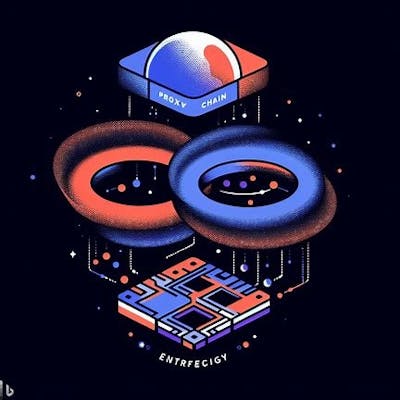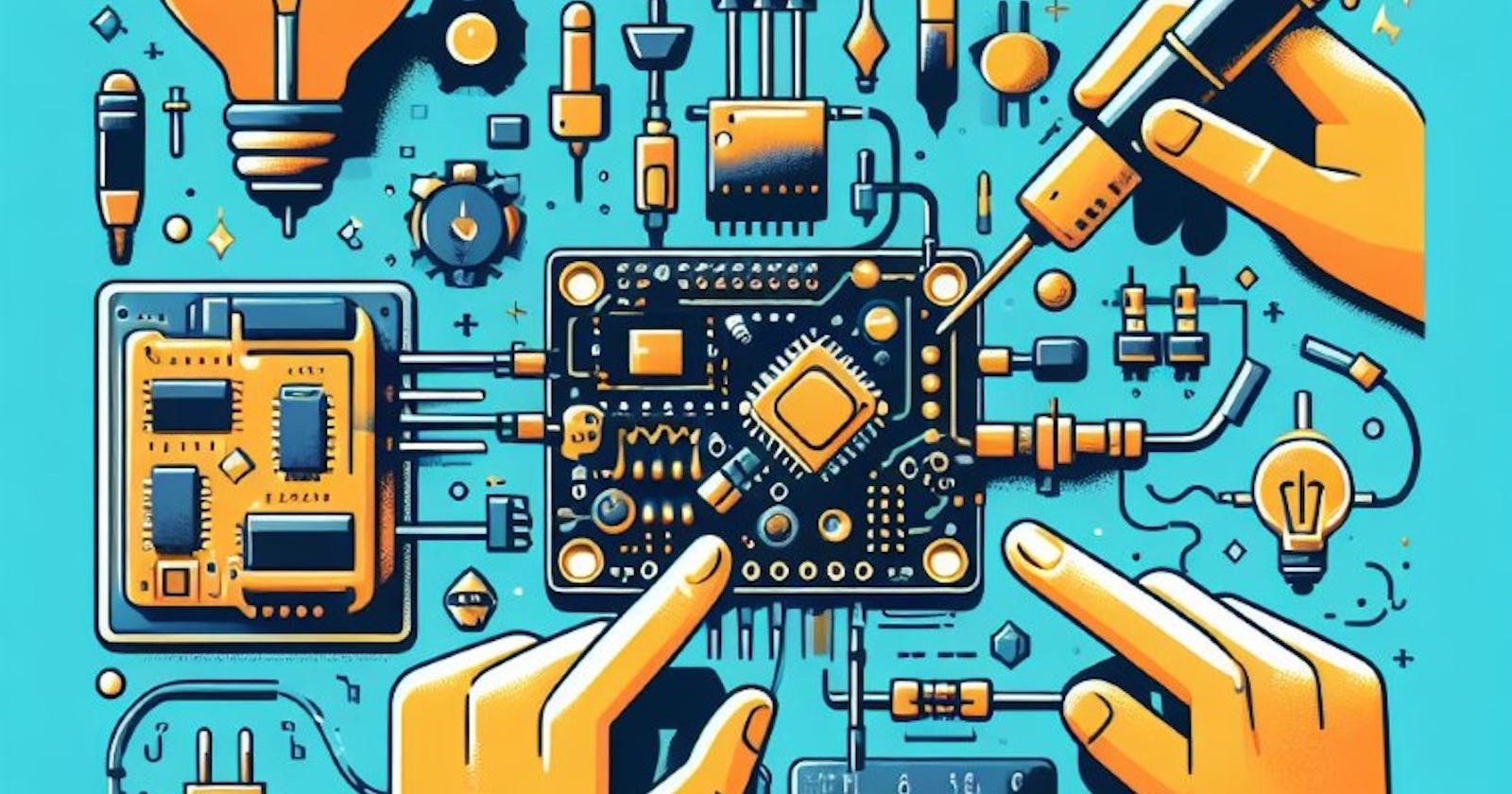Getting Started with ESP32 or ESP8266: A Beginner's Guide to Exploring the World of IoT
Introduction: Welcome to the exciting world of the Internet of Things (IoT)! In this beginner's guide, we will walk you through the process of getting started with ESP32 or ESP8266 microcontrollers. Whether you're a hobbyist or a budding IoT enthusiast, this friendly and easy-to-understand guide will help you embark on your journey with confidence.
What is ESP32 and ESP8266? ESP32 and ESP8266 are popular microcontroller platforms widely used in IoT projects. They come equipped with built-in Wi-Fi capabilities, making them ideal for connecting devices to the internet and building smart applications.
Step 1: Setting up the Development Environment To start with ESP32 or ESP8266, you'll need to set up your development environment. Here's what you'll need:
Arduino IDE: Download and install the Arduino IDE, which is a user-friendly development environment for programming microcontrollers.
Board Manager: Open the Arduino IDE, go to "File" > "Preferences," and paste the following URL in the "Additional Boards Manager URLs" field:https://dl.espressif.com/dl/package_esp32_index.json Click "OK" to save the settings.
Install ESP32/ESP8266 Boards: Go to "Tools" > "Board" > "Boards Manager." Search for "esp32" or "esp8266" and click "Install" to install the respective board package.
Step 2: Connecting the Board Now that your development environment is set up, it's time to connect your ESP32 or ESP8266 board to your computer. Follow these steps:
Connect the board to your computer using a USB cable.
In the Arduino IDE, go to "Tools" > "Board" and select your board from the list.
Choose the appropriate port from the "Tools" > "Port" menu.
Step 3: Writing Your First Program Let's write a simple program to blink an LED connected to your ESP32 or ESP8266 board. Here's an example code:
const int ledPin = 2; // Pin number to which the LED is connected
void setup() {
pinMode(ledPin, OUTPUT); // Set the LED pin as output
}
void loop() {
digitalWrite(ledPin, HIGH); // Turn on the LED
delay(1000); // Wait for 1 second
digitalWrite(ledPin, LOW); // Turn off the LED
delay(1000); // Wait for 1 second
}
Open a new sketch in Arduino IDE.
Copy and paste the above code into the sketch.
Click the "Upload" button to compile and upload the code to your board.
Step 4: Uploading the Code To upload the code to your ESP32 or ESP8266 board, follow these steps:
Make sure your board is connected to your computer.
Click the "Upload" button in the Arduino IDE.
Wait for the IDE to compile the code and upload it to the board. You'll see the progress in the status bar.
Once the upload is complete, you should see the LED blinking on your board.
Congratulations! You have successfully uploaded your first program to your ESP32 or ESP8266 board.
Step 5: Exploring Further Now that you've completed the basics, you can dive deeper into the world of ESP32 or ESP8266. Here are some suggestions for further exploration:
Sensor Interfacing: Connect sensors like temperature, humidity, or motion sensors to your board and collect data.
Wi-Fi Communication: Learn how to connect your board to Wi-Fi networks and send data to a cloud platform or server.
IoT Projects: Explore various IoT project ideas such as home automation, weather stations, or smart devices.
Libraries and Resources: Discover the vast range of libraries available for ESP32 and ESP8266 that can help you simplify your projects.
Conclusion: Getting started with ESP32 or ESP8266 opens up a world of possibilities in the field of IoT. With the right tools, a friendly tone, and a passion for exploration, you'll be well on your way to building exciting projects and contributing to the future of connected devices. Happy tinkering!
Note: This blog post is a beginner-friendly guide and by no means covers all the details of working with ESP32 or ESP8266. It's always recommended to refer to official documentation, online resources, and forums for more in-depth information and troubleshooting.
Thank you for reading
Leave a comment...

